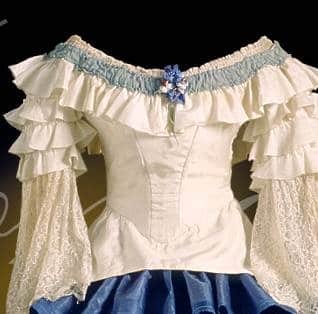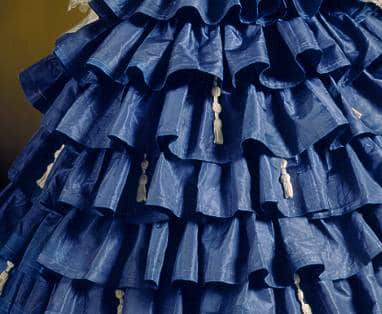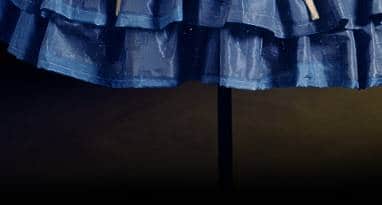




Fairytales and other romantic stories are part of ballet's long tradition. Serge Diaghilev's Russian Ballet told, or retold, stories of magic, romance and tragedy in a novel and sophisticated manner. Alexandre Benois, a painter and historian, designed Armida's Pavilion in 1909. The ballet enabled Benois to realise his vision of French aristocratic life in the 18th-century. By contrast, nostalgia for the St Petersburg fairgrounds of the 19th-century inspired his designs for Petrushka 1911. The set and costumes captured the innocent yet tragic mood of this bittersweet story of a love-sick puppet.
Characters from the Italian commedia dell'arte threatrical tradition, such as Pierrot and Harlequin, were revived for Carnival 1910. Bakst's costumes were restrained in their decoration, and relied on shape and colour to complement the lively yet elegant dancing. After the First World War, Diaghilev persuaded French painters, including André Derain, to design new ballets with a similarly witty mood.
In 1921 Diaghilev produced his first full-length ballet, The Sleeping Princess, a revival of the 19th-century classic, The Sleeping Beauty. No expense was spared and Bakst designed hundreds of opulently detailed costumes in strong jewel-like colours. Diaghilev's attempt to revive the grand traditions of Russia's Imperial Ballet, however, was not popular and almost bankrupted his company. Thereafter he only produced short, one-act ballets.

